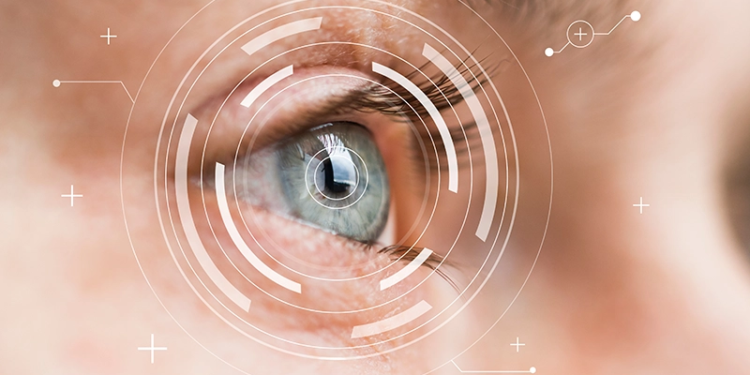A team of researchers from Italy have recently described a new software platform that uses a patient virtual model, or avatar, to design and test a prosthesis in a completely virtual environment; their goal is to replace the current, mainly handmade process. While their work focused on modular transtibial and transfemoral prostheses, they said they believe the software platform can be extended to other types of prostheses. The explanation of their processes, software platform, and results of the corresponding study were published online February 21 in the journal Interface Focus.
The avatar is the backbone of the system and is based on a biomechanical general-purpose model customized with the patient’s anthropometric measures; commercially available human modeling systems can be used toward this purpose. The software platform incorporates computer-aided and knowledge-guided approaches to provide the prosthetic technician with a set of interactive tools to design, configure, and test the prosthesis. The software platform provides two virtual laboratories. The first is a virtual prosthesis modeling laboratory which allows the prosthetist to configure and generate a three-dimensional model of the socket using images of the residual limb that have been captured by magnetic resonance imaging (MRI) or computed tomography (CT) scan. The second, a virtual testing laboratory, allows the prosthetist to virtually set up the prosthesis and simulate the patient’s postures and movements to test its functionality and configuration.
“Testing prostheses in a virtual way allows us to lower the psychological impact on the life of the patient, improve quality, and reduce costs,” study authors Giorgio Colombo, PhD, a professor with the Department of Mechanics, Polytechnic of Milan, Italy; and Caterina Rizzi, a professor of virtual prototyping with the Center of and Department of Industrial Engineering, University of Bergamo, Dalmine, Italy, told The Royal Society.
Editor’s note: This story was adapted from materials provided by Interface Focus, The Royal Society, and Aisberg, the University of Bergamo’s institutional repository.




